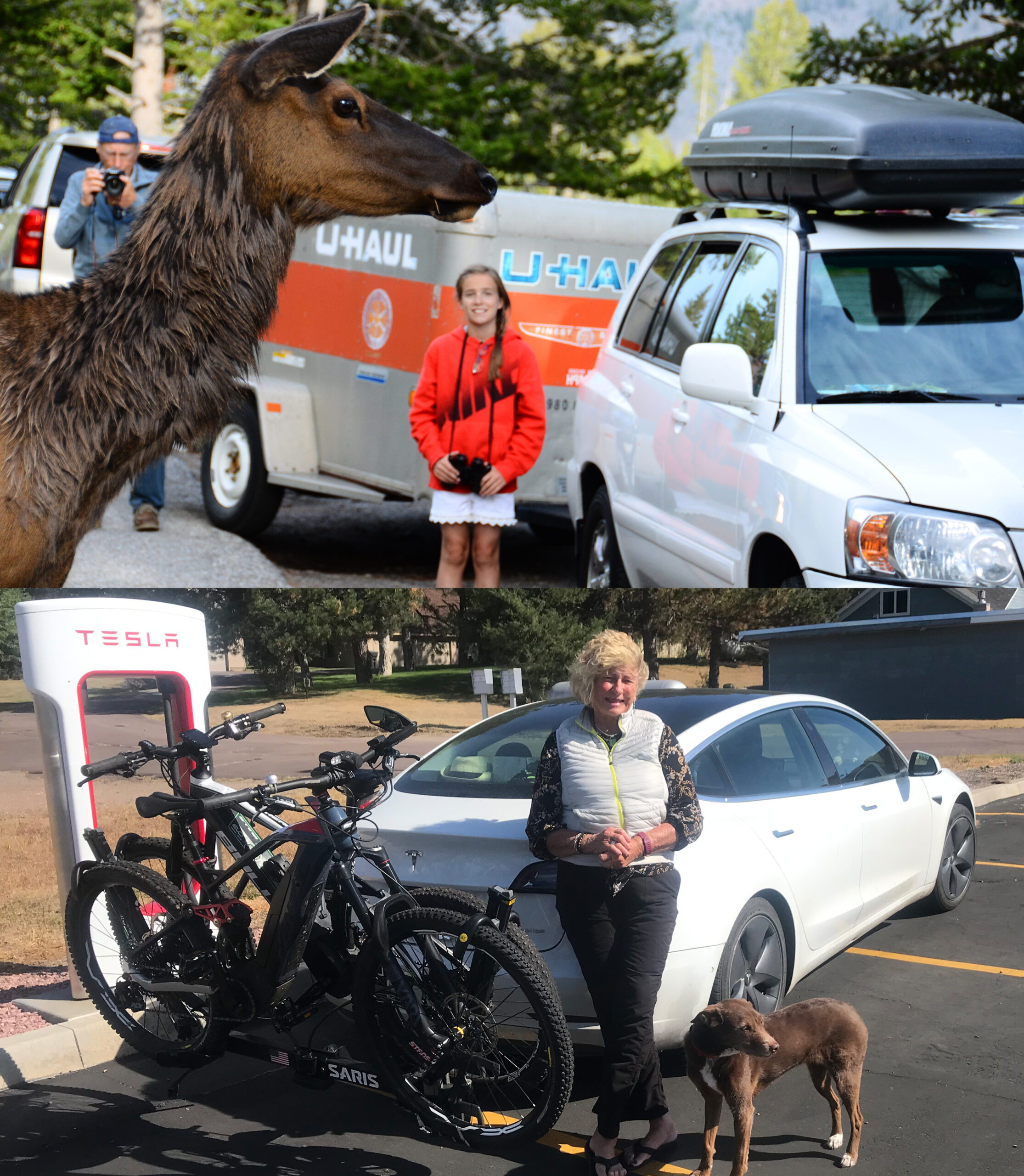Allied Gold Corporation says it has begun implementing key components of its new energy program for Sadiola, in Mali, following a comprehensive review of the power needs for the asset and its expansion plans.
The company is undertaking a staged and scalable approach, initially installing additional state-of-the-art diesel generators and control systems, followed by the implementation of a hybrid power solution, with the deployment of more efficient medium-speed thermal units, and a photovoltaic plant with battery energy storage systems (BESS) sufficient to meet the power requirements of the Phase 1 expansion at reduced costs, it says. The systems will then be scaled up to satisfy the energy needs of the next phase expansion, providing Sadiola with a flexible power solution capable of meeting its ultimate power needs, while being self-reliant, efficient and cost-effective, according to the company.
Beginning early next year, Sadiola will significantly reduce its use of legacy diesel generators in favour of newer, more cost-effective units and control systems, aimed at reducing fuel consumption and increasing power generation efficiency. Over the course of 2027, this will be followed by the installation of the photovoltaic plant and related BESS, as well as medium-speed thermal generators, both of which are planned to be expanded further to match the energy requirements of the next Sadiola expansion.
The introduction of the initial photovoltaic plant and BESS is projected to reduce energy costs by up to 20% compared with current costs. The introduction of additional photovoltaic and BESS capacity, as well as medium-speed thermal generators, is projected to further reduce energy costs by up to 45%, representing a reduction in all-in sustaining costs, once the power program is fully implemented, estimated to range from an initial amount of $150/oz of gold to as much as $200/oz of gold with incremental interim reductions as each of the components of the power program are implemented. The projected operating costs are comparable to the average costs expected for grid-supplied power with diesel backup, adjusted for grid availability in Mali.
Considering the schedule of implementation for the different stages of the plan noted above, which is driven by engineering and procurement timelines of the various components, cost improvements are expected to be modest in 2026 and then gradually increase with the deployment of solar and BESS in 2027, and then increase meaningfully with the introduction of medium-speed thermal generation in 2027 and 2028.
The company has concluded that its power program for Sadiola will provide greater reliability and certainty, which are essential for supporting uninterrupted mining operations without overburdening the grid system. Elements of the power solution are expected to be financed through a combination of upfront and deferred payments, thereby decreasing near-term capital requirements, as noted below.
As part of its analysis, the company has retained the services of African Power Services (APS) to provide a comprehensive power solution for the program’s initial stages. The engagement with APS marks a significant milestone in Allied’s strategy to unlock value at Sadiola by ensuring a reliable, cost-effective and scalable power supply in alignment with the mine’s phased expansion approach, it said. Leveraging APS’s extensive experience in renewable and hybrid energy solutions across Africa, Allied expects to materially reduce operating costs, enhance energy efficiency and lower carbon emissions as the implementation of its energy program advances.
The power requirement for the Sadiola Phase 1 expansion was determined to be 20 MW as average load, while for the Phase 2 expansion, the average load is estimated to be 32 MW.
The company is advancing engineering studies on an alternative expansion scenario that leverages the existing processing infrastructure, thereby reducing capital requirements while achieving substantial production growth. The power requirement for this alternative scenario is expected to fall within the range of 22 MW and 32 MW, defined by the power demands of Phase 1 and Phase 2 expansions. Given that the power plan being implemented is to be deployed in stages and is scalable, this approach provides the company with significant flexibility to pursue its future expansion plans while securing its power supply and advancing its cost reduction program at Sadiola in the short and medium term.
As noted above, the first stage of the proposed program involves expanding the diesel generation capacity at Sadiola by approximately 14 MW with state-of-the-art units, which are expected to be completed by early 2026. This will be followed by the installation of a photovoltaic plant with a peak capacity of approximately 35 MW, paired with a 30 MWh BESS and a new control system integrated with the diesel generators by mid-2027, which is designed to supply approximately 40% of the energy requirements of Phase 1 expansion.
The second stage of the plan involves the progressive introduction of medium-speed thermal generation between 2027 and 2028, which is expected to improve efficiency and significantly reduce operating costs. Additional thermal generation will be accompanied by the expansion of the renewable energy generation to a target peak capacity of up to 60 MW for solar and 45 MWh for BESS, to supply the next phase of growth at Sadiola while preserving flexibility to produce additional power if required.
The new diesel generators, along with the initial photovoltaic plant and BESS, are planned to be installed with a deferred payment arrangement, thereby requiring minimal up-front capital. The capital for the first stage of the medium-speed thermal generators is expected to fit within the capital provision for power as part of the Sadiola expansion.
These investments will secure power for the ongoing needs and future growth at Sadiola, while progressively lowering costs, fuel consumption and carbon intensity of operations, Allied Gold says. In addition, the hybrid power generation solution will ensure a robust, independent and uninterrupted power supply for operations, while preserving the option to connect to Mali’s public grid system in the future.
The Phase 1 expansion of Sadiola is proceeding as planned at Sadiola with completion expected in the December quarter. The first phase plant expansion involves installing additional crushing and grinding capacity in one of the processing plant lines, which will be dedicated to treating fresh ore. These modifications will allow Sadiola to treat up to 60% of fresh rock at a rate of up to 5.7 Mt/y in the modified process plant starting during the December quarter of 2025. With the completion of plant modifications in the first phase, Sadiola is expected to stabilise and produce between 200,000 and 230,000 oz of gold per year in the medium term, ahead of the next phase of expansion.




